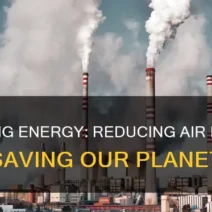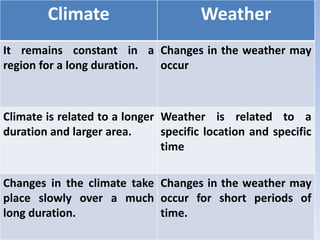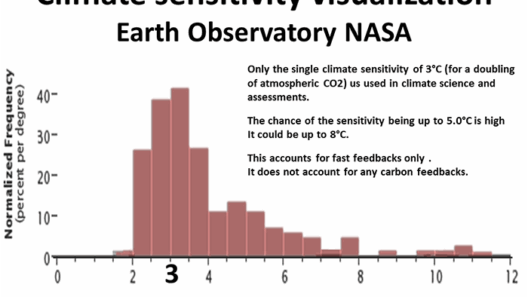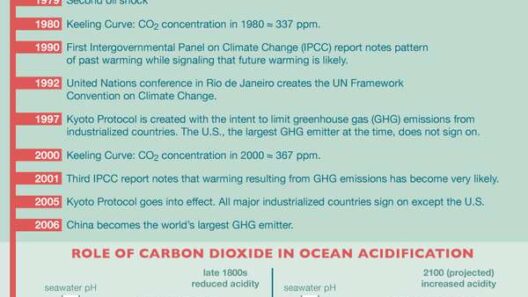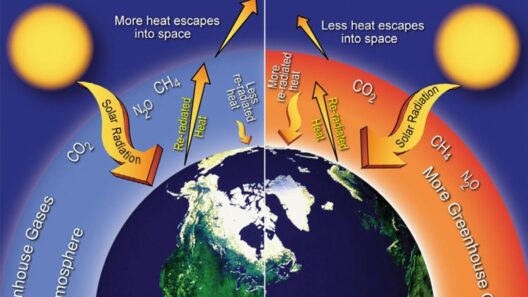When pondering the nuances of Earth’s atmospheric phenomena, a playful inquiry emerges: how are climate and weather fundamentally interwoven in the tapestry of our natural world? This question, while seemingly straightforward, opens a Pandora’s box of complexities that challenge our understanding of environmental science. We often treat these two terms as interchangeable, yet they signify vastly different concepts that merit distinct consideration.
At the heart of this discussion lies the fundamental distinction between weather and climate. Weather is ephemeral, a transient state of the atmosphere at a particular time and place. It encompasses daily variations – rain, sunshine, wind speed, and humidity. In contrast, climate embodies the long-term patterns and averages of weather conditions in a specific region, usually determined over a 30-year period. Some may posit that climate can simply be viewed as the aggregate of myriad weather events. However, this reductionist perspective overlooks the intricate feedback loops and geophysical processes that govern atmospheric dynamics.
The interplay between climate and weather can be elucidated through the prism of causality. Weather events are the manifestations of climatic conditions; however, the relationship does not operate in a one-directional manner. Climate influences the likelihood and nature of weather occurrences, while significant weather phenomena, such as intense storms or heatwaves, can, in turn, impact long-term climatic trends. To illustrate, a series of abnormally hot summers may induce shifts in local climate norms, altering vegetation patterns and water availability.
Understanding this relationship becomes even more compelling in the context of global warming. As anthropogenic activities continue to emit greenhouse gases, the resultant climatic shift is observable in both weather extremes and averages. The recent uptick in freak weather incidents—from hurricanes gaining unprecedented power to droughts crawling across regions previously deemed enviable in their moisture—illustrates a poignant reality: weather anomalies arise as direct manifestations of ongoing climatic shifts. Hence, deciphering the trends within weather patterns becomes essential not only for immediate forecasting but also for predicting future climatic developments.
Moreover, the influence of the oceans on both weather and climate cannot be overstated. The vast bodies of water regulate temperatures, distribute moisture, and serve as critical components of atmospheric circulation patterns. For instance, phenomena such as El Niño and La Niña illustrate how variations in sea surface temperatures can lead to substantial weather anomalies in distant locales, forging connections between disparate geographical regions. The consequences of this interplay can resonate through agricultural productivity and food security, adding layers of complexity to societies already grappling with climatic uncertainty.
The realm of climatology often grapples with the challenge of variability. Climate models—elaborate algorithms tasked with predicting future scenarios based on past data—struggle continuously in their quest to reconcile short-term weather anomalies with long-term climatic projections. This friction raises a crucial challenge in the world of science communication: how can the average individual comprehend climate change when immediate weather conditions may contradict or confuse long-term trends? The juxtaposition of a cold winter day against projections of an overall warming planet can foster skepticism and confusion about climate science’s veracity.
Consequently, one must consider the essential role of education in dispelling myths surrounding climate and weather. By elucidating the differences and connections between these concepts, communities can foster informed discourse about environmental issues. The promotion of climate literacy can empower individuals to understand the ramifications of climate change, urging them toward sustainable practices that are both urgently necessary and morally imperative. This is not merely a call to acknowledgment; this is a rallying cry for action in the face of overwhelming statistics that illustrate the human-induced alterations of our atmospheric systems.
As we peel back the layers of this intricate relationship, the role of scientific research becomes undeniably paramount. The continuous study of meteorological phenomena via advances in satellite technology and atmospheric modeling provides insights that deepen our understanding of climate variability and trends. Moreover, interdisciplinary cooperation among climatologists, environmental scientists, and sociologists enables holistic approaches to mitigating the impacts of climate change. By recognizing the interconnectedness of ecological systems, we can work towards integrated solutions that foster resilience and adaptability.
Ultimately, the relationship between weather and climate transcends mere terminology. It embodies the understanding that our immediate atmospheric experiences and the broader climatic shifts are part of a complex feedback system—a delicate balance that sustains life on Earth. By acknowledging this intricate web, we can better prepare for the environmental challenges that lie ahead.
The challenge, therefore, is multi-faceted. Can society navigate the hurdles of climate adaptation and mitigation, all while fostering a deeper understanding of the interrelationships between weather and climate? It is incumbent upon each of us to engage with these questions, to act beyond passive reception of information, and to transform understanding into action. For the stakes are undeniably high. As we grapple with the ramifications of our choices today, we must be vigilant stewards of our planet for the generations yet to come.

